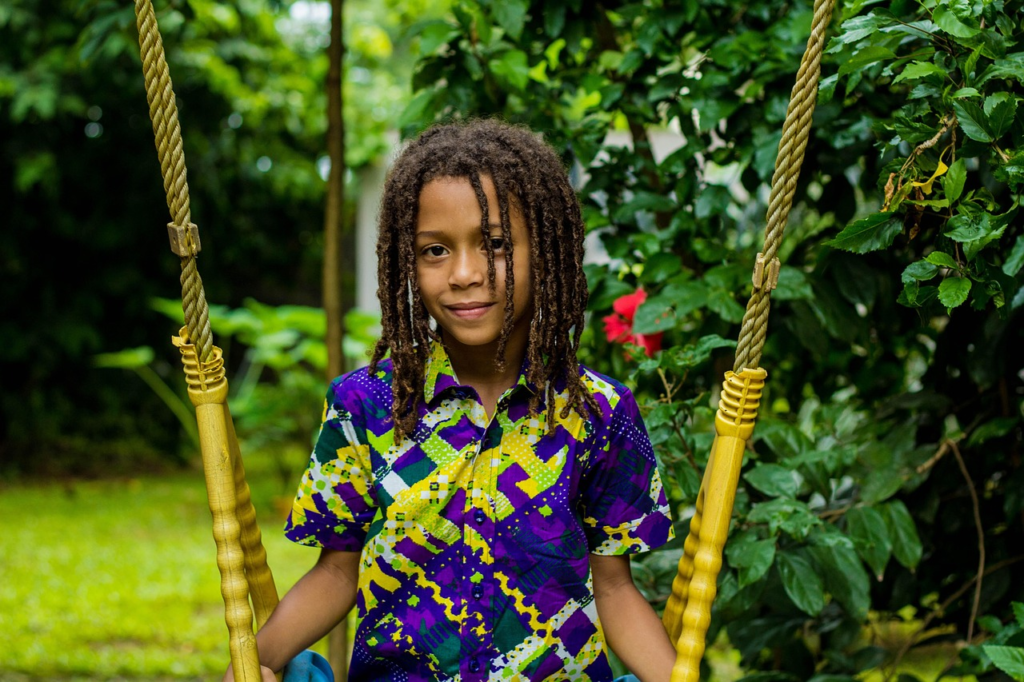Now Reading: Anticorrosion Technology of Oil Storage Tanks
- 01
Anticorrosion Technology of Oil Storage Tanks
Anticorrosion Technology of Oil Storage Tanks

The oil storage tank is very important petrochemical equipment used to store oil at present. The oil storage tank is indispensable for oil refining and oil storage. However, as far as the use of oil storage tanks is concerned, it faces a very serious problem in the process of its development, that is, the corrosion of storage tanks, which will not only affect the quality of oil in storage tanks but also affect the development of oil refining and storage. Most importantly, the corrosion of oil storage tanks will affect the working effect of oil storage tanks, reducing the service life of oil storage tanks, and then increasing the storage cost of oil. Therefore, it is of great significance to discuss the internal and external anti-corrosion technology of oil storage tanks.
Causes of Internal Corrosion of Oil Storage Tanks
In order to find ways and measures to strengthen the internal corrosion prevention of oil storage tanks, the first thing to do is to understand the causes of corrosion in oil storage tanks. At present, as far as the internal corrosion of oil storage tanks is concerned, the internal corrosion mainly comes from internal liquid corrosion and gas corrosion. The corrosion parts are mainly distributed in gas phase parts, oil storage parts and the bottom of oil storage tanks, etc. Because the gas phase parts do not directly contact the oil in the storage tanks, the corrosion at this part belongs to gas corrosion. In the process of oil storage, the gas volatilized from the oil itself contains a large number of acid gases such as sulfur dioxide and hydrogen sulfide. The acid gas will combine with oxygen and water in the air, and then form electrochemical corrosion. As we all know, compared with chemical corrosion, electrochemical corrosion results in more serious corrosion and does more harm to the inside of storage tanks. Secondly, it is the corrosion of the oil storage part of the storage tank. Because the oil storage part of the storage tank will directly contact with the oil in the storage tank, and the oil also contains a large number of chemical substances, which will also have a certain oxidation reaction with the metal components in the storage tank, thus causing certain corrosion to the storage tank. Finally, the corrosion of the oil tank bottom is the most serious corrosion compared with the corrosion of the gas phase part of the oil tank and the corrosion of the oil storage part, because the oil storage tank will store oil for a long time, and all kinds of impurities in the oil will settle and dissolve in it, and the fusion of these substances will cause serious corrosion to the bottom of the oil storage tank.
Internal anti-corrosion measures of oil storage tanks
After knowing the types and causes of corrosion inside oil storage tanks, the next step is to find ways and measures to strengthen the internal corrosion of oil storage tanks. As far as the current corrosion situation inside oil storage tanks is concerned, if we want to strengthen the anti-corrosion work, we must start from many aspects. First, we can apply some anti-corrosion coatings inside, which is the most basic anti-corrosion measure in all the protection work, and also the easiest to operate with the lowest cost. However, we must be very careful about the material selection of coatings. This kind of coating should not only meet the needs of internal anticorrosion of oil storage tanks but also have certain corrosion resistance at a controllable cost of the coating. In addition to applying anti-corrosion coating, we can also reduce the corrosion degree inside the storage tank by adding a slow-release agent. Corrosion inhibitor is usually applied on the protective coating to protect the inner wall of the storage tank. In addition, we should strengthen the inspection work, and understand the application status of the oil storage tank through regular inspection work. If some corrosion problems are found inside the oil storage tank during the inspection, it should be repaired in time. If the corrosion problem of the oil storage tank is serious, it should be replaced regularly to ensure the safety of the oil storage tank.
Causes of External Corrosion of Oil Storage Tanks
With the development of the internal protection of oil storage tanks, when the external anti-corrosion work of oil storage tanks is carried out, we should first understand the corrosion status of the external storage tanks and the reasons that lead to the external corrosion of oil storage tanks. Unlike internal corrosion, external corrosion is a very typical atmospheric corrosion. Because the oil storage tank is exposed to the air, it is easy for the outside of the oil storage tank to react with some components in the air to some extent, which leads to corrosion problems. In addition, under normal circumstances, when using oil storage tanks, we don’t let them directly contact the soil, but lay a layer of thick asphalt sand on the ground as an anticorrosive cushion under the oil storage tanks. Even so, the water and salt in the soil will gradually increase through long-term infiltration, rising to the bottom of gravel sand, and then have a certain corrosion effect on the bottom of oil tanks.
External Anti-corrosion Measures of Oil Storage Tanks
With the internal anti-corrosion measures, we can actually apply a certain anti-corrosion coating on the outside of the oil storage tank and strengthen the external anti-corrosion work by applying the anti-corrosion coating. As for the selection of external anticorrosive materials, we should not only choose stable and corrosion-resistant but also be solvent-resistant and heat-resistant. At the same time, solve the problem of static electricity. For example, vinyl ester resin can be obtained by the chemical reaction between the epoxy resin and methacrylic acid. In the molecular structure, they have an extremely stable benzene ring structure, and the benzene ring has thermal stability and rigidity, which greatly meets a series of requirements in anti-corrosion measures and can achieve a better anti-corrosion effect. In addition, cathodic protection technology, dust-free anti-corrosion technology can also be used to strengthen the external appearance of oil storage tanks.
Conclusion
In this article, the methods and technologies to strengthen the anti-corrosion work of oil storage tanks are discussed from internal and external anti-corrosion respectively, thus contributing to the further development of the anti-corrosion work of oil storage tanks.






























